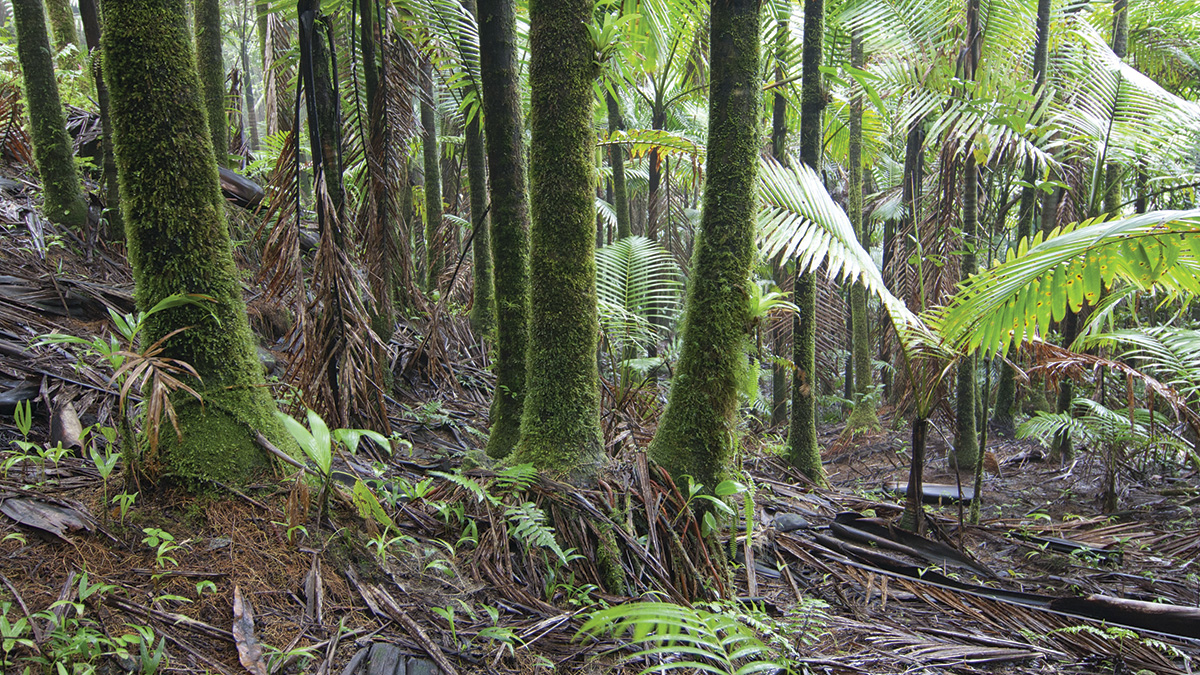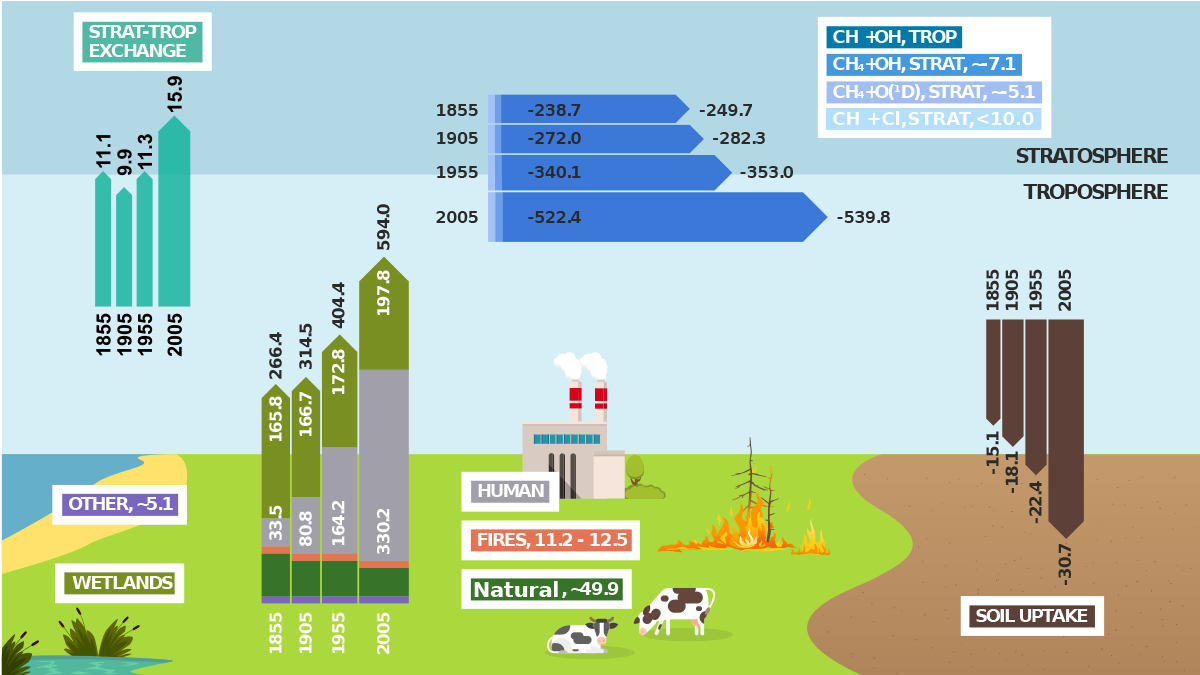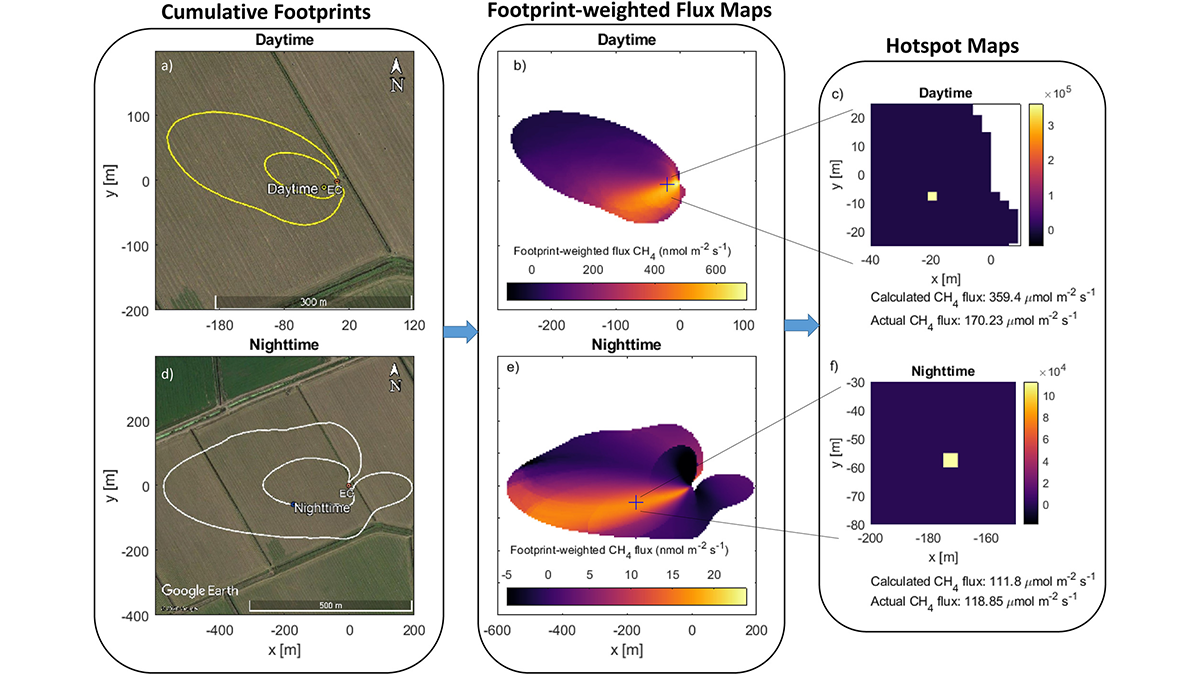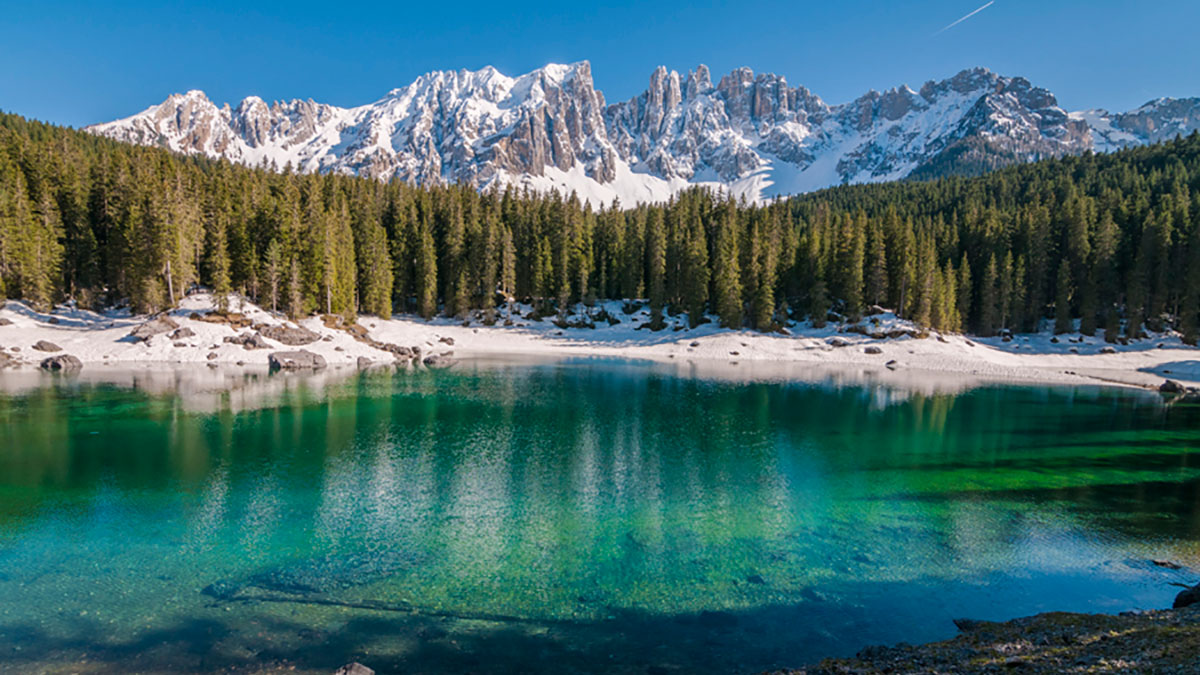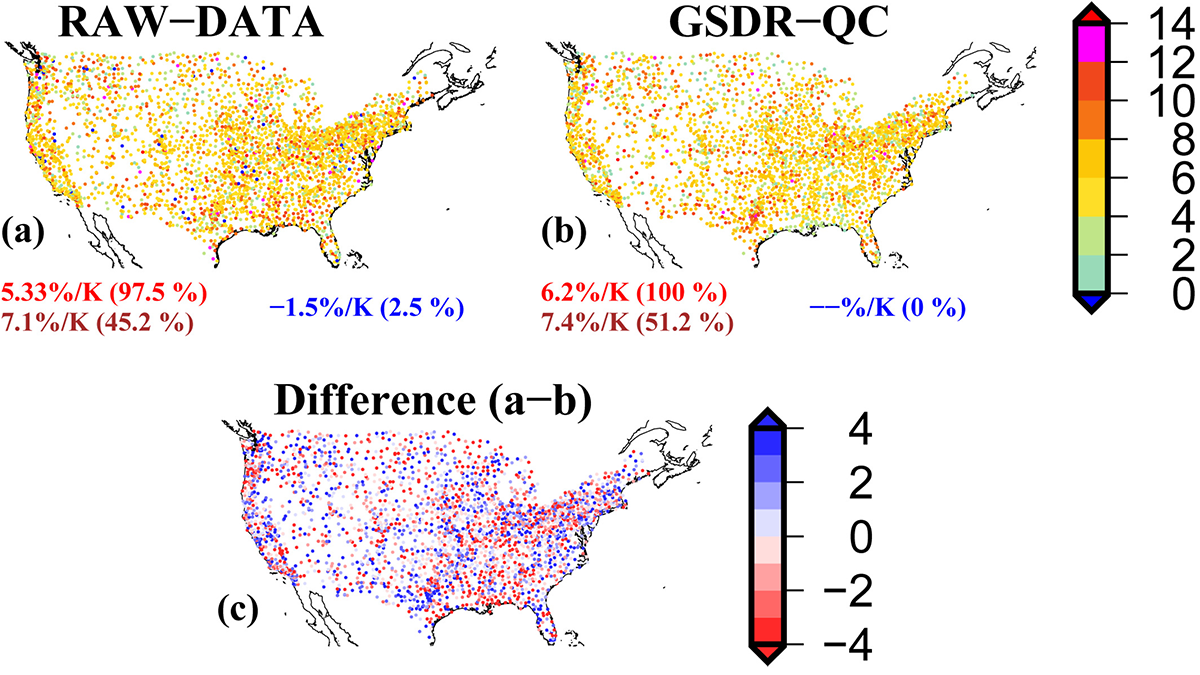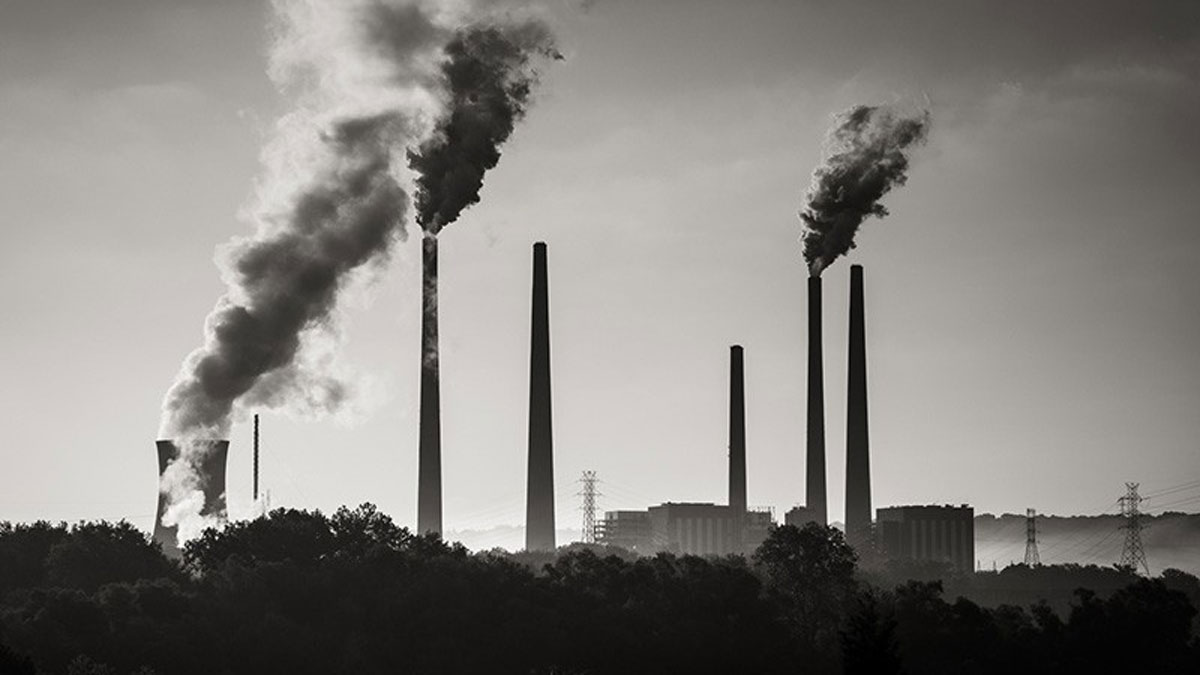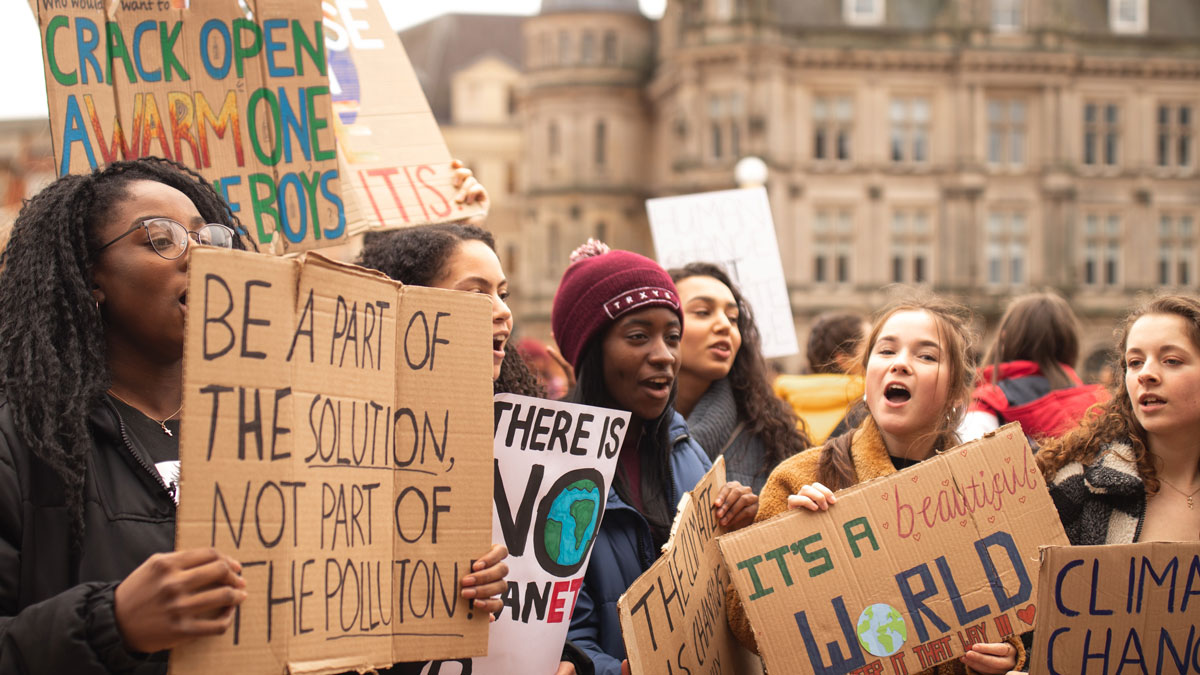New research found that tropical soils emit nitrogen mostly as inert dinitrogen rather than as greenhouse gases.
greenhouse gases
Tropical Wetlands Emit More Methane Than Previously Thought
Climate models could be vastly underestimating methane emissions from the world’s tropical wetlands, according to observational surveys of wetlands in Zambia.
A Significant Advancement in Modeling the Global Methane Cycle
The capability to fully model the global methane cycle advances the international climate science community’s ability of providing essential evidence to underpin climate mitigation policy.
Eastern Mediterranean and Middle East Face Rapid Climate Change
Observational and modeling studies identify the Eastern Mediterranean and Middle East as a prominent climate change hotspot associated with weather extremes that have major impacts on society.
Sleuthing for Culprits of Greenhouse Gas Emissions
A new approach to detect hot spots of methane emissions with eddy covariance flux towers proves to be a worthy contender.
Earth’s Lakes Emit Less Methane Than Previously Thought
Although the total surface area of Earth’s lakes emits less methane than previously believed, it is still among the largest natural methane sources.
Explaining Uncertainty in Estimates of Rain Response to Warming
Humidity increases with warming. Theory and observations about how increased humidity translates into more extreme rainfall can be reconciled if attention is paid to data and methods.
Cuantificando los beneficios para la salud de una transición a energías limpias en EE. UU.
Eliminar la contaminación del aire relacionada con la energía en los Estados Unidos podría evitar aproximadamente 50,000 muertes prematuras y ahorrar miles de millones de dólares al año.
Quantifying the Health Benefits of a U.S. Clean Energy Transition
Eliminating energy-related air pollution in the United States could prevent roughly 50,000 premature deaths and save billions of dollars per year.
Greenhouse Gases Must Begin to Fall by 2025, Says U.N. Climate Report
Emissions rates are still growing every year, though that growth has slowed. The world needs to reach negative growth soon to prevent a potential 3.2°C rise by the end of the century.

